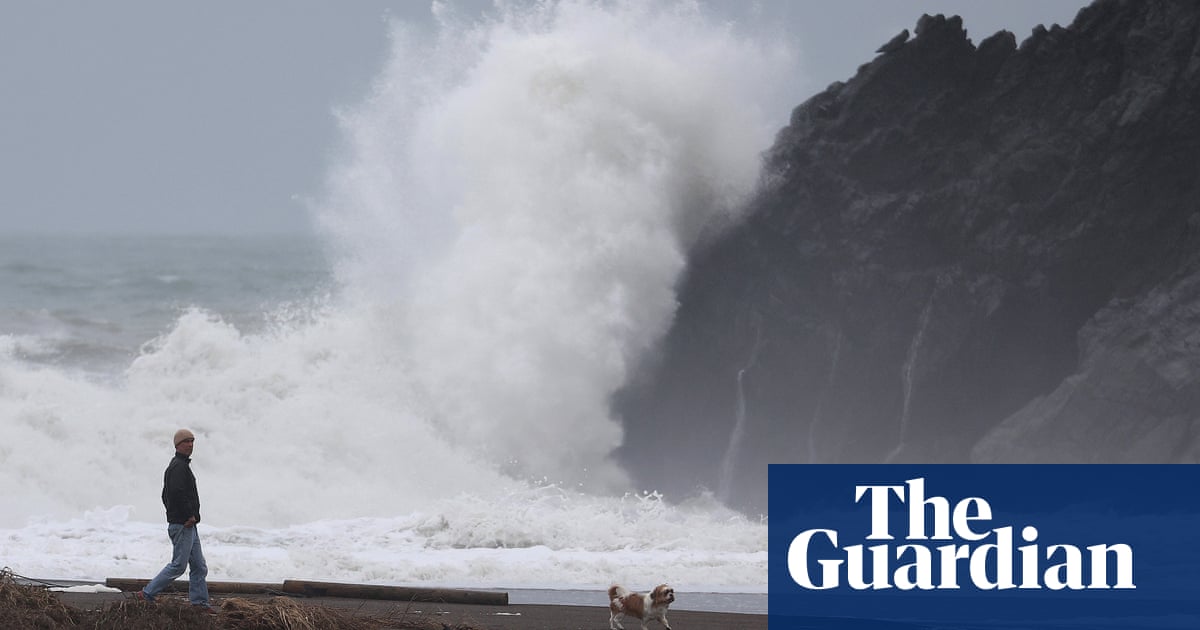- cross-posted to:
- worldnews@lemmit.online
- cross-posted to:
- worldnews@lemmit.online
Research into release of ‘forever chemicals’ raises concerns about contamination and human exposure along world’s coastlines
Ocean waves crashing on the world’s shores emit more PFAS into the air than the world’s industrial polluters, new research has found, raising concerns about environmental contamination and human exposure along coastlines.
The study measured levels of PFAS released from the bubbles that burst when waves crash, spraying aerosols into the air. It found sea spray levels were hundreds of thousands times higher than levels in the water.
The contaminated spray likely affects groundwater, surface water, vegetation, and agricultural products near coastlines that are far from industrial sources of PFAS, said Ian Cousins, a Stockholm University researcher and the study’s lead author.
“There is evidence that the ocean can be an important source [of PFAS air emissions],” Cousins said. “It is definitely impacting the coastline.”



This is the best summary I could come up with:
The study measured levels of PFAS released from the bubbles that burst when waves crash, spraying aerosols into the air.
The contaminated spray likely affects groundwater, surface water, vegetation, and agricultural products near coastlines that are far from industrial sources of PFAS, said Ian Cousins, a Stockholm University researcher and the study’s lead author.
They are dubbed “forever chemicals” because they do not naturally break down and are highly mobile once in the environment, so they continuously move through the ground, water and air.
The new research looked at levels in the sea spray as waves crash by testing ocean samples between Southampton in the UK and Chile.
Previous non-peer-reviewed research has found a correlation between higher PFAS levels in vegetation samples and proximity to the ocean, Cousin said, and his team is undertaking a similar study.
He said that the results show how the chemicals are powerful surfactants that concentrate on the surface of water, which helps explain why they move from the ocean to the air and atmosphere.
The original article contains 445 words, the summary contains 170 words. Saved 62%. I’m a bot and I’m open source!